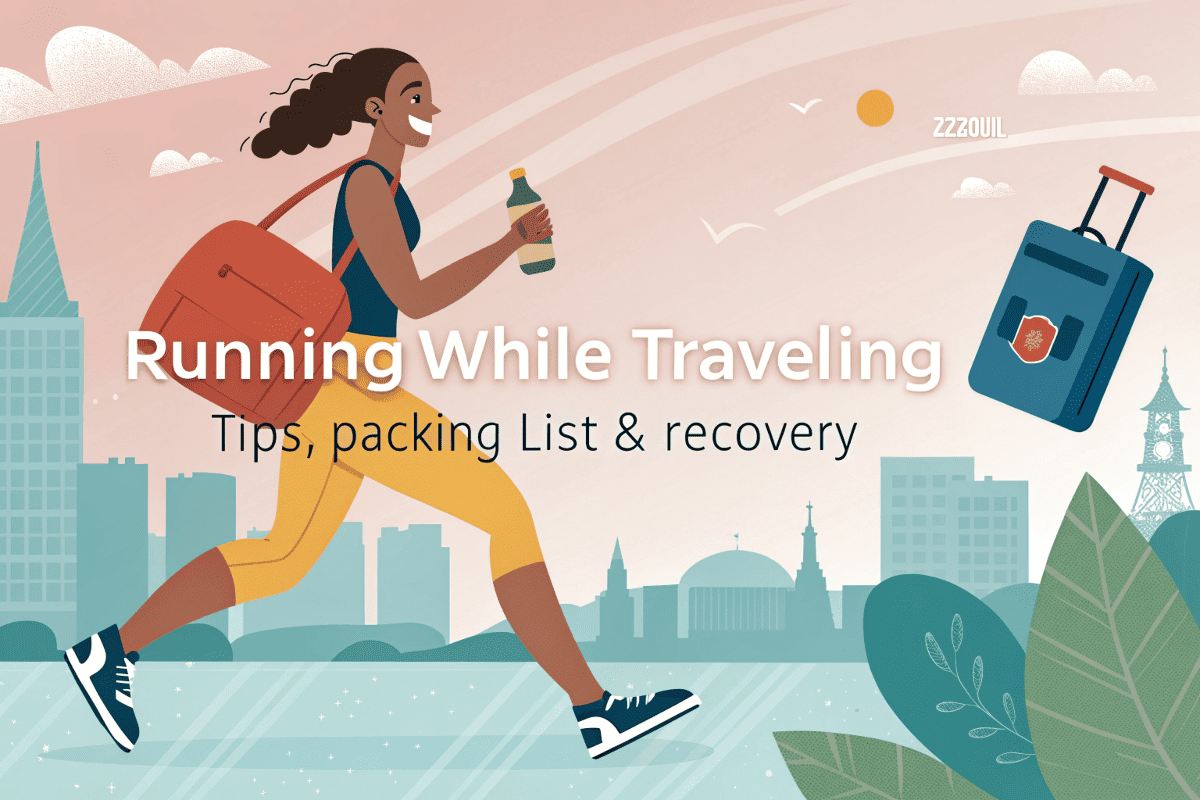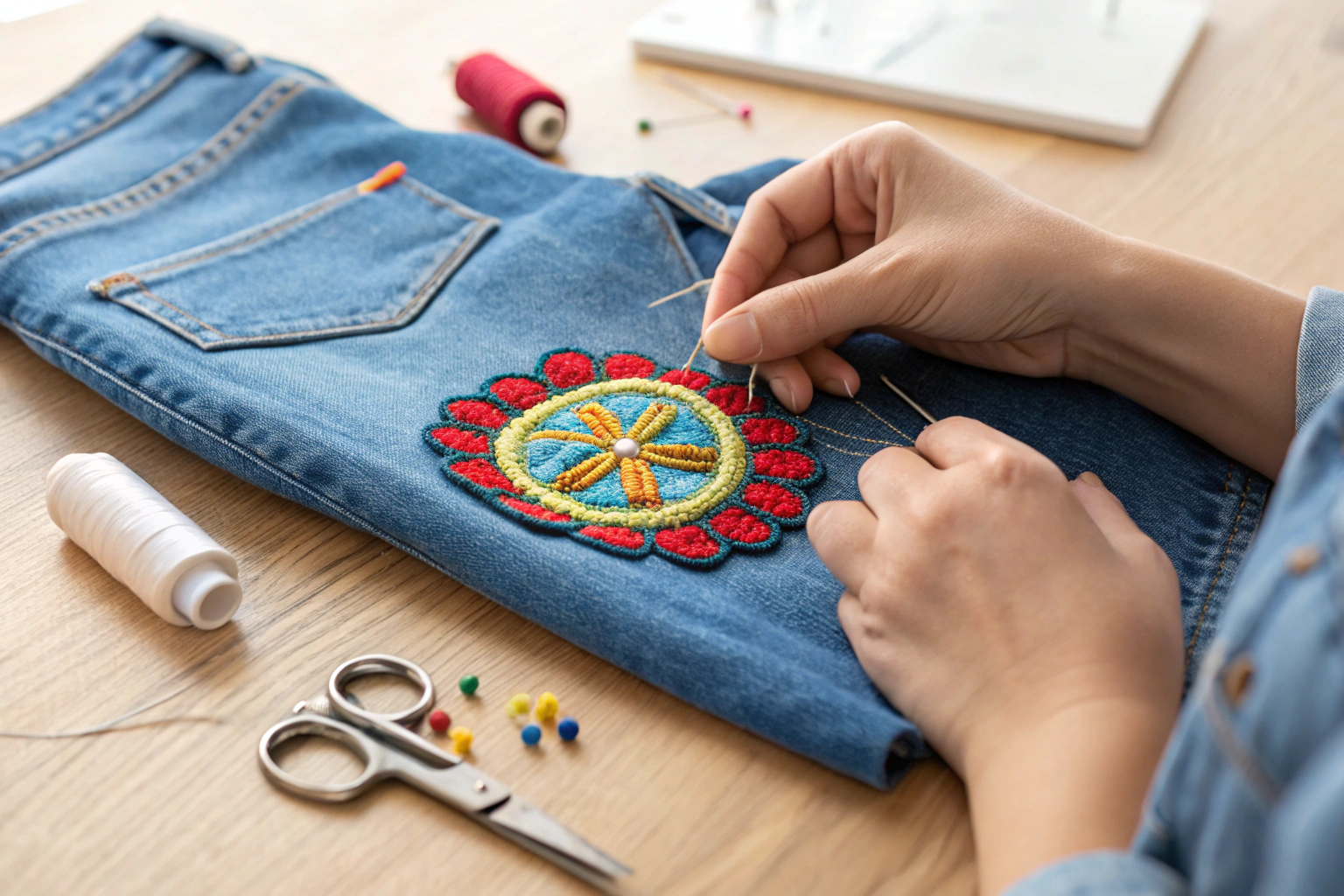Take Your Run on the Road
Are you ready to take the next step and travel for a race? Or are you taking a business trip and need to stay healthy and well rested? Perhaps it’s a family vacation and you want to get in some exercise. Whether it’s a training run, 5K, half or marathon, summer is the perfect time to take your run on the road.
The Runner’s Travel Guide: My Essential Packing List for Running on the Road
After years of fitting running gear into carry-ons across five continents, I’ve learned that maintaining your running routine isn’t about packing everything—it’s about packing smart. The right strategy eliminates excuses and transforms any destination into your personal running track.
Essential Running Gear: The Foundation of Your Travel Running Kit
Start with three non-negotiables: shoes, moisture-wicking clothing, and a GPS watch. These items directly impact your ability to run safely in unfamiliar environments.
Core Essential Items:
- Running shoes (versatile road/trail hybrids)
- 2-3 moisture-wicking shirts
- 2-3 pairs technical shorts
- 3-4 pairs running socks
- GPS watch or smartphone with offline maps
- Lightweight running jacket
Multi-Purpose Running Apparel Selection
Choose pieces that work across multiple scenarios. Merino wool base layers regulate temperature in both hot and cold conditions while resisting odor—crucial for limited laundry access. Synthetic fabrics dry quickly and pack compactly.
Look for pieces that transition from running to casual wear. A quality running jacket doubles as a travel layer, while technical shorts work for both running and lounging.
The One-Pair Shoe Strategy
Space constraints often force the one-pair decision. Choose shoes that handle multiple terrains: road running shoes with adequate tread work on light trails, while trail shoes provide grip for urban environments.
For trips under two weeks, one versatile pair suffices. For longer journeys, consider investing luggage space for a second pair.
Space-Saving Packing Techniques for Runners
Efficient packing starts with understanding your gear’s compressibility. Stuff socks and underwear inside shoes, utilizing dead space. Roll technical fabrics to prevent wrinkles and save 30% more space than folding.
Top 5 Space-Saving Techniques:
- Stuff shoes with small items – Socks, underwear, charging cables
- Use compression bags – Reduce clothing volume by 50%
- Wear heaviest items – Don running shoes and jacket while traveling
- Pack dirty clothes separately – Use designated compartments
- Utilize external pockets – Distribute weight across luggage
Organization and Accessibility Strategies
Pack running clothes in top compartments or use packing cubes for dedicated running sections. Prepare tomorrow’s outfit the night before to avoid disturbing travel companions.
Keep safety items (ID, emergency cash) in consistent locations and store electronics in easily accessible outer pockets.
Destination-Specific Considerations
Urban destinations require different preparation than trail locations. City running prioritizes visibility gear and route-finding tools, while wilderness areas demand emergency supplies and appropriate footwear.
Destination-Specific Gear Adjustments:
- Urban: Reflective gear, city maps, traffic awareness
- Trail: Emergency whistle, first aid, terrain-appropriate shoes
- Beach: Sand-resistant shoes, sun protection, UV clothing
- Mountains: Layering system, altitude considerations
Climate Adaptations for Your Running Gear
Climate adaptation requires strategic layering and material selection. Cold weather demands base layer, insulating mid-layer, and windproof outer layer. Hot climates prioritize UV protection and ventilation.
Climate-Specific Essentials:
- Cold Weather: Thermal base layer, wind-resistant jacket, gloves, hat
- Hot Weather: UV protection shirt, ventilated cap, electrolyte replacement
- Variable Weather: Lightweight layering system, packable rain jacket
Running Gear Maintenance On The Road
Extended trips require gear maintenance strategies. Hotel sink washing works for quick-dry technical fabrics. Use travel detergent pods and pack a small clothesline for drying. Rotate between two sets of running clothes to allow proper drying time.
Hotel Room Washing Process:
- Rinse immediately after running
- Use travel detergent in sink with warm water
- Gentle hand washing for 2-3 minutes
- Thorough rinsing to eliminate residue
- Squeeze, don’t wring fabric
- Hang to dry using bathroom ventilation
Safety and Navigation Essentials
Running in unfamiliar locations requires enhanced safety preparation. Carry identification, emergency contact information, and local emergency numbers. GPS devices with offline maps prevent getting lost when cell service fails.
Safety Essentials Checklist:
- Road ID or emergency identification
- Local emergency contact numbers
- Offline GPS capability
- Reflective/visibility gear
- Emergency cash in local currency
- Hotel contact information
Planning Your Running Routes
Route planning starts before departure. Use apps like Strava or MapMyRun to identify popular running routes. Screenshot maps for offline access and identify landmarks for navigation.
Route Planning Steps:
- Research popular routes using running apps
- Identify safety considerations (traffic, crime, terrain)
- Plan multiple distance options for flexibility
- Save offline maps for poor cell coverage areas
- Share planned routes with travel companions
Timing Your Runs for Safety and Enjoyment
Optimal running times vary by destination. Early morning runs in cities offer cooler temperatures and fewer crowds. Research sunrise times and local customs to avoid unsafe conditions.
Optimal Running Times:
- Urban Areas: 6-8 AM (avoid traffic, cooler temperatures)
- Beach Locations: Sunrise/sunset (avoid peak UV)
- Mountain Trails: Mid-morning (assess weather conditions)
- Desert Climates: Very early morning (avoid extreme heat)
My Personal Road Running Kit
My current travel kit has evolved through 30+ countries. Each item has earned its place through proven performance and space efficiency.
Complete Personal Kit:
- 1 pair versatile road/trail hybrid shoes
- 2 technical shirts, 2 pairs shorts, 3 pairs socks
- Lightweight jacket, merino wool base layer
- GPS watch, running belt, reflective band
- Road ID, emergency cash, local contact info
- Travel detergent, quick-dry towel
Sample Packing Lists for Different Trip Types
Weekend Trip (2-3 days):
- 1 pair shoes, 2 running outfits, 1 jacket layer, essential safety items
Week-Long Travel (4-7 days):
- 1 pair shoes, 3 running outfits, layering system, maintenance supplies
Extended Journey (8+ days):
- 1-2 pairs shoes, 4-5 running outfits, complete layering system, full maintenance kit
Conclusion: Enjoying Your Run Anywhere
Proper packing preparation transforms travel from a barrier to your running routine into an opportunity for adventure. The key lies in selecting versatile gear, mastering space-saving techniques, and adapting to destination requirements.
Some of my most memorable travel experiences have come through running—early morning runs past Rome’s Colosseum, trail running in Papua New Guinea’s highlands, and urban exploration through Madrid’s historic districts. Each destination presented unique challenges, but proper gear selection made every run safe and enjoyable.
Frequently Asked Questions
What essential items should be on my running packing list for travel?
Focus on versatile running shoes, moisture-wicking clothing, GPS navigation, and safety identification. These core items enable safe, comfortable running anywhere.
How do I pack light while still having everything I need for running?
Choose multi-purpose items, use compression techniques, and stuff small items inside shoes. Limit yourself to 2-3 running outfits for trips under a week.
How should I adapt my packing list for different climate conditions?
Cold climates require layering systems and extremity protection. Hot climates need UV protection and enhanced ventilation. Always pack one layer more than you think you’ll need.




